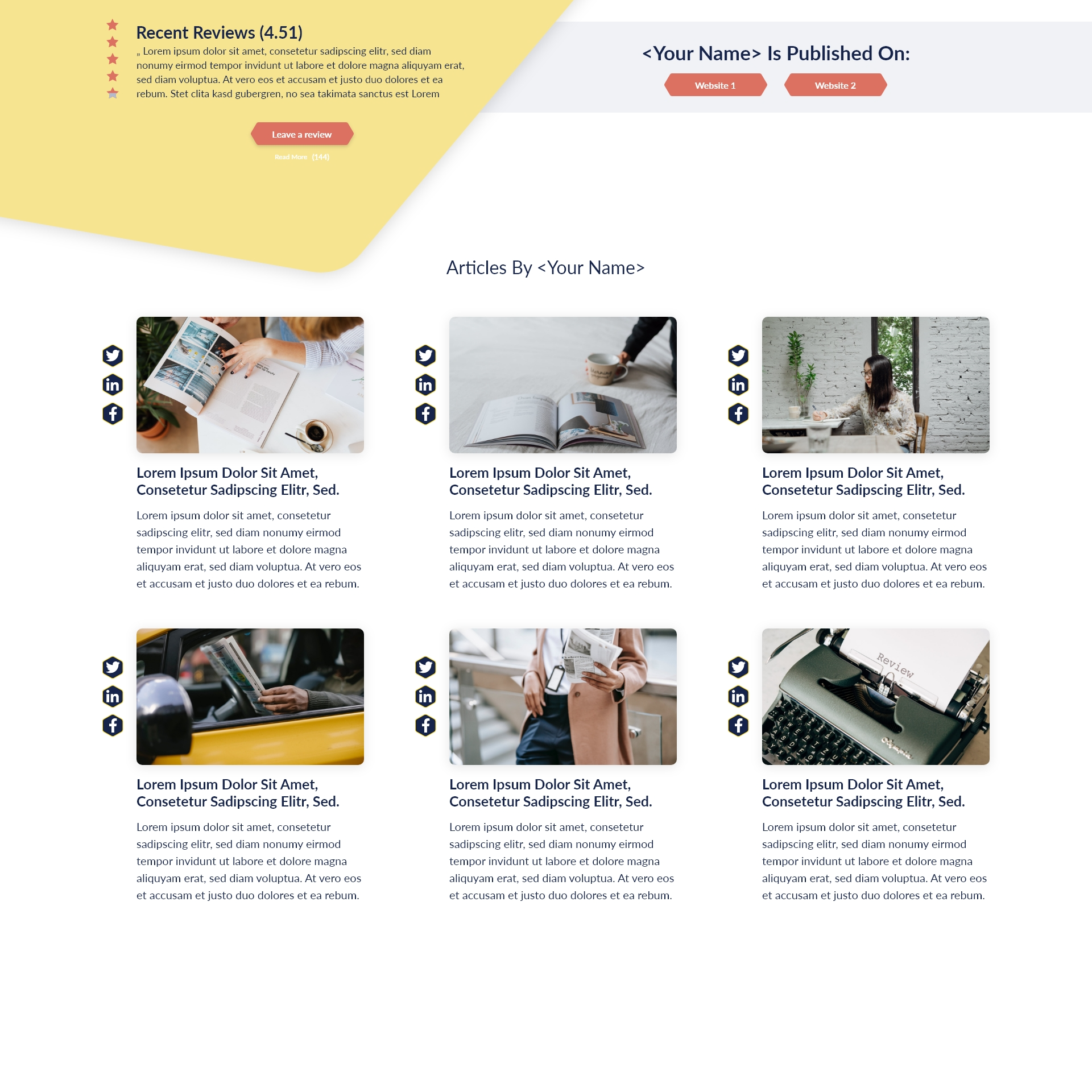Key Takeaways:
- Effective communication and clear goal setting are crucial for motivating teams and enhancing employee engagement.
- Understanding diverse leadership styles and using strategies like delegation can significantly improve team dynamics and productivity.
Motivating your teams can often feel like an uphill battle. The complexity of human behavior, along with the varied personalities that fill our workplaces, makes ensuring everyone is on board a challenge. However, two powerful strategies stand out when it comes to driving motivation: effective goal setting and robust communication skills. This article dives deep into these aspects, providing leaders with actionable insights and relatable examples for fostering a motivated team.
Understanding Motivation in the Workplace
Motivation is a psychological factor that ignites an individual’s enthusiasm and commitment. When fostered, motivation can elevate a team’s performance and improve productivity. As a leader, it’s crucial to tap into what motivates individuals and the collective team culture. Factors such as recognition, responsibility, and autonomy often fuel motivation. By comprehensively understanding these elements, business leaders can create an environment that drives productivity and engagement.
The Role of Goal Setting in Motivation
Setting clear and attainable goals is a fundamental strategy for boosting motivation within teams. Goals provide direction and purpose; they turn vague intentions into concrete outcomes. Here are some effective techniques to set goals that inspire your team:
-
Make Goals Specific: Clearly defined goals eliminate ambiguity. If team members understand what is expected, they are more both likely to commit to achieving that outcome. For example, instead of stating ‘improve sales’, you might say ‘increase monthly sales by 20%’. This precision motivates employees through clear expectations.
-
Incorporate Team Input: Engaging team members in the goal-setting process results in greater buy-in. By encouraging their input, you enhance their sense of ownership and accountability, making them more emotionally invested in the outcomes.
-
Set Challenging Yet Attainable Goals: Striking the right balance in goal difficulty can spur motivation. Establishing goals that are too easy can lead to boredom, while overly ambitious goals can demoralize teams. For instance, you might set incremental milestones leading up to a larger objective, which can maintain engagement throughout the process.
-
Align Goals with Personal Development: When individual goals align with professional development objectives, team members are more likely to stretch their capabilities. Encourage staff to set personal objectives that dovetail with organizational goals—this synergy breeds motivation.
-
Celebrate Milestones: Recognizing achievements, big or small, can create a culture of appreciation. Celebrations can be as simple as a shout-out during meetings or more elaborate gatherings, but they help reinforce the importance of goal achievement within the team.
Communicating Effectively: The Key to Engagement
Communication skills are the glue that holds effective leadership together. By fostering clear, open lines of communication, leaders are better equipped to motivate their teams. Here are some essential communication strategies:
-
Active Listening: Communication is a two-way street. Practicing active listening encourages team members to express their thoughts without hesitation. When leaders take the time to listen, they validate their team members’ contributions and foster a sense of belonging.
-
Provide Constructive Feedback: Feedback is critical to team development. Constructive feedback not only guides employees but also motivates them to grow and learn. Remember to balance critical insights with positive affirmations; this approach keeps communications encouraging rather than discouraging.
-
Encourage Open Dialogue: Create a safe working environment where team members feel comfortable sharing ideas, concerns, and successes. This openness fosters creativity and encourages a collaborative spirit, leading to a more motivated team.
-
Adapt Your Communication Style: Each team member may respond differently to various communication styles. Recognizing and adjusting your approach to suit individual preferences can make a significant difference in how effectively your team feels heard and motivated.
-
Be Transparent: Share organizational goals, roadblocks, and successes with your team. Transparency builds trust and strengthens connections, which can boost motivation and engagement.
Case Studies of Effective Team Motivation
Case Study 1: Goal-Oriented Engagement
At a mid-sized tech company, the leadership experienced a drop in productivity and morale. They decided to involve employees in the goal-setting process, leading to a 15% increase in productivity within six months. By integrating personal development goals with company objectives, the team became more engaged, clearly understanding their contributions to the broader vision.
Case Study 2: Communication Revamp
A customer service department struggled with high turnover rates due to a lack of communication. By implementing regular feedback sessions and creating open dialogue channels, management saw a marked decrease in turnover and an increase in employee satisfaction scores. Team members felt valued and understood, which directly correlated with improved motivation and customer service performance.
Conclusion
Motivating your teams isn’t just a one-off task; it’s an ongoing effort requiring strategic planning, effective communication, and diligent goal setting. Through specific, cooperative goal strategies and fostering a communicative environment, leaders can ignite their teams’ motivation, leading to a thriving workplace culture. By understanding the mechanics of motivation and adapting accordingly, you’ll not only enhance individual performance but also foster a more robust, cohesive organizational unit. The payoffs of these efforts are stark—improved productivity, lower turnover rates, and ultimately, a dynamic and empowered workforce.







